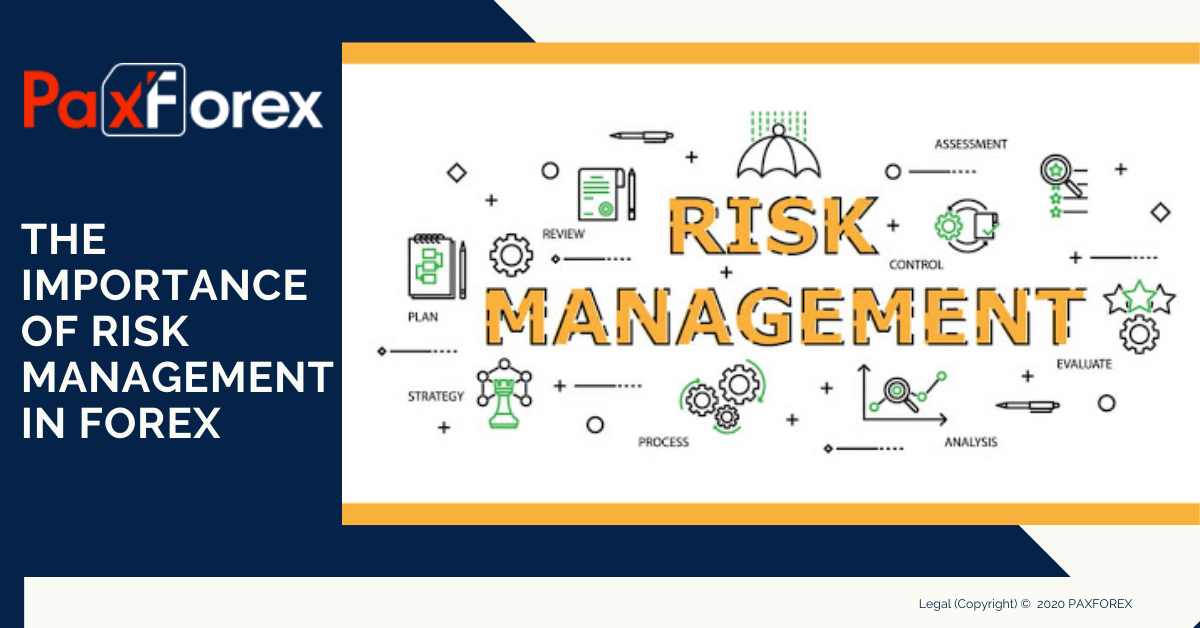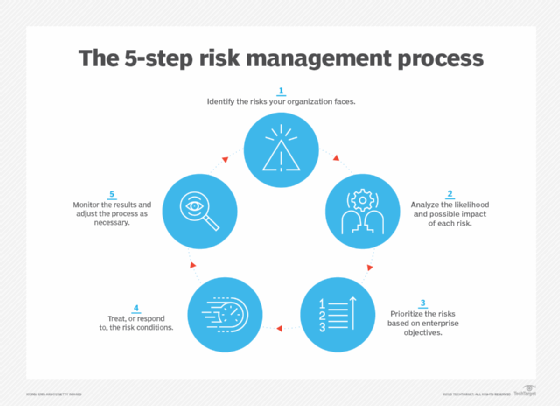The Effect of the Importance of Risk Management on Organizational Governance
The Effect of the Importance of Risk Management on Organizational Governance
Blog Article
The Crucial Significance of Risk Management in Getting Organizational Goals
In the quickly advancing service landscape, the capacity to browse unpredictability has ended up being a necessary. This is where Risk Management action in, giving an organized strategy to identifying, examining, and mitigating prospective barricades to advance. It's even more than just a protective step - it's a tactical tool, cultivating resilience and technology. As we check out the crucial function of Risk Management in achieving business goals, one can not aid but wonder: exactly how does this equate into real-world success?
Comprehending the Idea of Risk Management in Service

The Essential Role of Risk Management in Strategic Planning
Incorporating Risk Management into calculated planning acts as a guard for companies, securing their long-term plans with a strong structure of readiness and resilience. Risk Management uses a structure for preparing for uncertainties and creating suitable responses, making sure the company's survival and prosperity also in the face of misfortune. By incorporating Risk Management into tactical planning, organizations can transform these uncertainties right into opportunities for growth and technology.

Strategies for Identifying, Assessing, and Focusing On Dangers
The process starts with Risk recognition, using tools such as SWOT evaluation, which aids in determining potential dangers and possibilities. Next off, Risk assessment is carried out to establish the prospective influence and possibility of each Risk. Dangers are focused on based on their possible influence and possibility, allowing organizations to focus their resources on high-priority risks.
Protecting Organizational Procedures Via Reliable Risk Management
In the service landscape laden with uncertainties, effective Risk Management plays a pivotal role in protecting organizational operations. It acts as a safety guard, mitigating the negative results of potential risks and making certain the smooth functioning of all processes. By identifying and examining potential dangers, Risk Management allows companies to establish durable backup plans. This preventative strategy aids in maintaining operational stability, even when confronted with unexpected circumstances. Fundamentally, Risk Management is the lifeline that maintains the organizational operations afloat in the middle of stormy waters. It makes certain not just the survival however the sustainable growth of a company, making it an published here essential tool in accomplishing business objectives. Organizations must invest in extensive Risk Management approaches to secure their procedures.

Transforming Possible Risks to Opportunities: The Power of Risk Management
A positive strategy to risk Management involves recognizing, examining, and focusing on risks to create approaches that turn them into potential benefits. Therefore, by leveraging the power of Risk Management, organizations can not only protect their procedures yet additionally stimulate growth and achieve their objectives in an unforeseeable service atmosphere.
Case Researches: Success Stories of Risk Management Driving Organization Objectives
Successful implementation of Risk Management methods has actually produced outstanding results in different services, underscoring the advantages of this approach. International business like Microsoft and Google, for instance, have actually leveraged Risk Management to navigate to this site lessen threats and make use of opportunities, driving their company purposes ahead. These examples illustrate just how successful Risk Management can not only steer services clear of possible risks yet additionally guide them towards their critical objectives.
Final thought
In final thought, Risk Management is fundamentally essential in accomplishing business objectives. By incorporating Risk Management right into strategic planning, services can much better browse unpredictabilities, safeguard operations, and capitalise on possibilities, thereby aligning with long-lasting objectives.
At its core, Risk Management is the procedure of recognizing, assessing, and attending to potential threats that could adversely impact a company's goals or procedures. Next off, Risk analysis is performed to ascertain the possible effect pop over to this site and possibility of each Risk. Dangers are prioritized based on their potential influence and possibility, allowing companies to focus their sources on high-priority risks. By recognizing and examining prospective threats, Risk Management makes it possible for organizations to establish durable backup strategies. A proactive method to take the chance of Management involves recognizing, evaluating, and focusing on dangers to devise approaches that turn them right into potential advantages.
Report this page